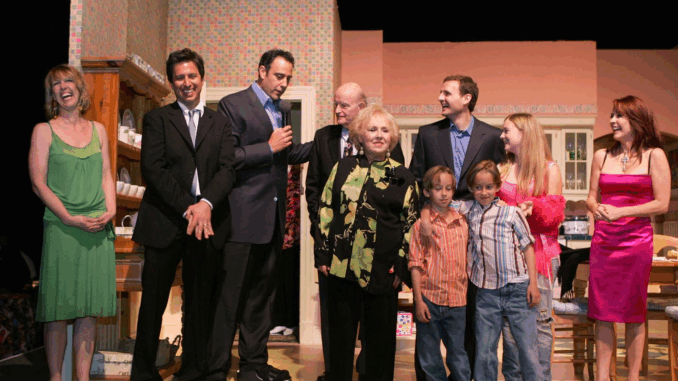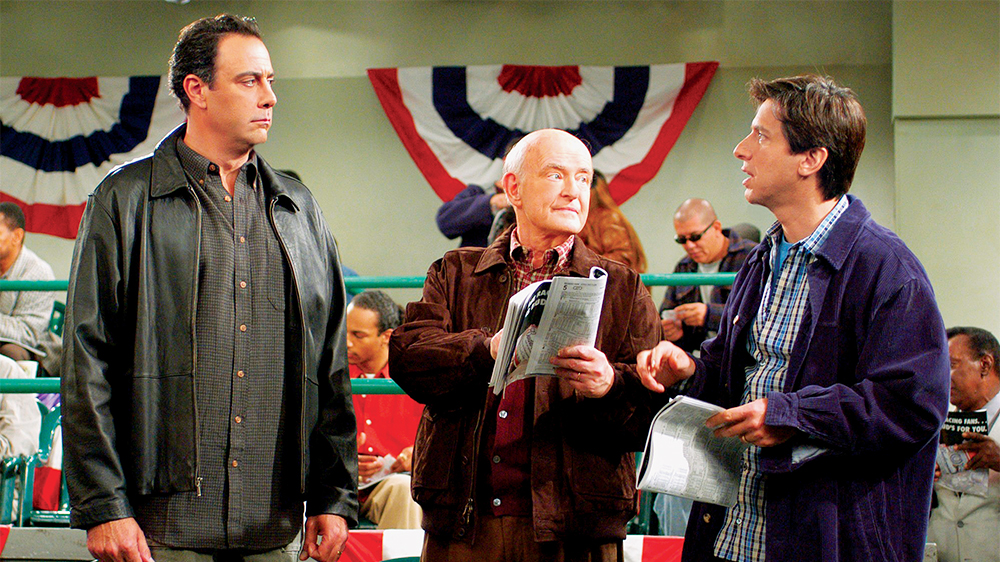
The Gold Standard of Sitcom Finales
Landing in 2005, the Everybody Loves Raymond finale has become the blueprint for how to end a sitcom: it’s warm, emotional, funny—and full of heart. Not every show wraps things up so perfectly. So why does Raymond’s final bow still stand tall? Let’s dig into five core reasons this send-off is sitcom perfection.
1. It Stayed True to the Raymond Brand
Consistency Equals Comfort
From the pilot onward, the show thrived on everyday family dynamics and gentle humor. The finale delivered more of the same—not big plot twists or flashy revelations. Instead, it reminded us why we tuned in: those routines, those arguments, that special kind of family love. There was no sudden swerve—just a heartfelt wrap-up rooted in what fans already adored.
2. Upping the Emotional Stakes Without Losing the Laughs
Tears and Chuckles in Equal Measure
Too many finales blow it by going full drama. Raymond took the opposite approach. It sprinkled tear-inducing moments with the trademark quips we came for. When Debra finally admitted she loved Raymond, it was tender and real. And then she joked about impatience—classic Raymond comedic timing. Balancing laughter and feeling? That’s a mic drop.
3. Character Arcs Got Their Due—Chekhov’s Gun Fired
No Character Left Behind
Every showrunner’s dream: satisfying character arcs by the end. And Raymond did exactly that.
-
Raymond understood patience
-
Debra embraced acceptance
-
Marie softened her overbearing ways
-
Frank showed quiet respect
These arcs didn’t arrive out of nowhere—they were earned through seasons of growth. Seeing each character complete their journey in the finale was pure emotional pay-off.
4. A Family Dinner That Felt Like Home
Symbolism You Didn’t See Coming
That final family dinner scene? It nailed the series theme of family unity. The camera lingered on faces, capturing laughter—and eye rolls—in a genuine moment. The empty chairs, the full table—it was a picture-perfect metaphor for life going on. We didn’t just see their finale. We felt part of it.
5. It Left the Door Open—But Not Too Wide
Just Enough Closure
A common finale mistake? Closing too tight or leaving everything wide open. The Raymond send-off struck the right balance. We saw the family packed in the van, heading into a future that’s happy—but unknown. Debra’s final voiceover? A soft reminder that life marches on. It wasn’t the end of their story—it was the start of the next chapter.
Bonus: Subtle Yet Powerful Details You Probably Missed
Understated Nuance Makes the Difference
-
The brief pause when Debra finds Ray asleep behind the wheel—a tiny moment that says volumes.
-
Ray helping his dad into the house—not just sons and dads, but support across generations.
-
The theme music, slightly slowed down—nostalgia and emotion fused.
It’s these whisper-soft touches that transformed the episode from good to unforgettable.

Why This Finale Still Resonates
-
Viewers grow with the characters. You’ve seen them laugh, cry, argue—you feel like family.
-
The tone stayed true. No flashy hijinks—just warm, gentle closure.
-
Real emotions stuck the landing. Growth, acceptance, and love—you can’t fake that in 22 minutes.
Lessons for Other Sitcoms
Want to end your show on a high note? Here’s what Raymond teaches us:
-
Maintain your show’s voice until the end.
-
Balance emotion and humor—don’t sacrifice one for the other.
-
Honor character journeys—give them their emotional moment.
-
Create symbolism with setting—family dinner, empty chairs, a final shot.
-
Leave a sliver of open-ended hope—just enough to feel ongoing.
Conclusion: Why Everybody Loves Raymond Nailed the Send-Off
When the credits roll and the laughter dies down, what do we remember? Characters we love, feelings we felt, and a gentle goodbye that felt just right. That’s why Everybody Loves Raymond remains the gold standard of sitcom finales—a perfect melding of heart, humor, character resolution, and the comforting reminder that family goes on.
FAQs
1. What made the final dinner scene so emotionally powerful?
The familiar setting, gentle pacing, and the focus on shared glances and small actions—like helping an elder into the house—captured years of build-up in a single scene.
2. Does the finale wrap up every storyline?
It doesn’t tie every loose end, but it honors each character’s core arc—Ray’s patience, Debra’s acceptance, Marie’s softer edges, and Frank’s grudging warmth.
3. Were there any major disappointments in the finale?
Only if you were hoping for bombshells. But the episode intentionally avoided drama for drama’s sake—sticking instead to emotional realism.
4. How does Debra’s final voiceover tie into the finale’s theme?
It underscores life’s continuation. She acknowledges Ray’s flaws—but it’s delivered with love, hinting at both growth and everyday reality.
5. Why does the finale still resonate years later?
Because it feels true. Viewers connect to grounded rituals and universal themes—family, love, everyday growth. And those never go out of style.
